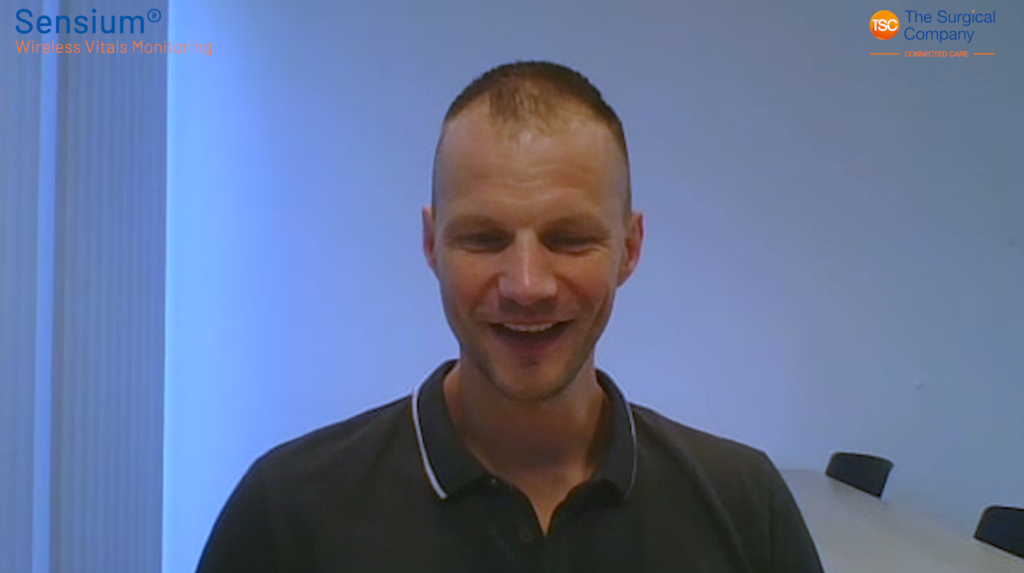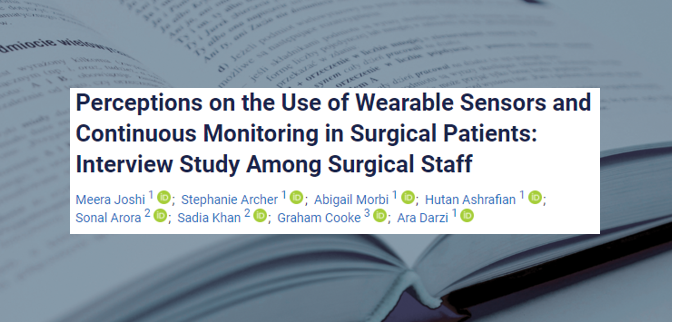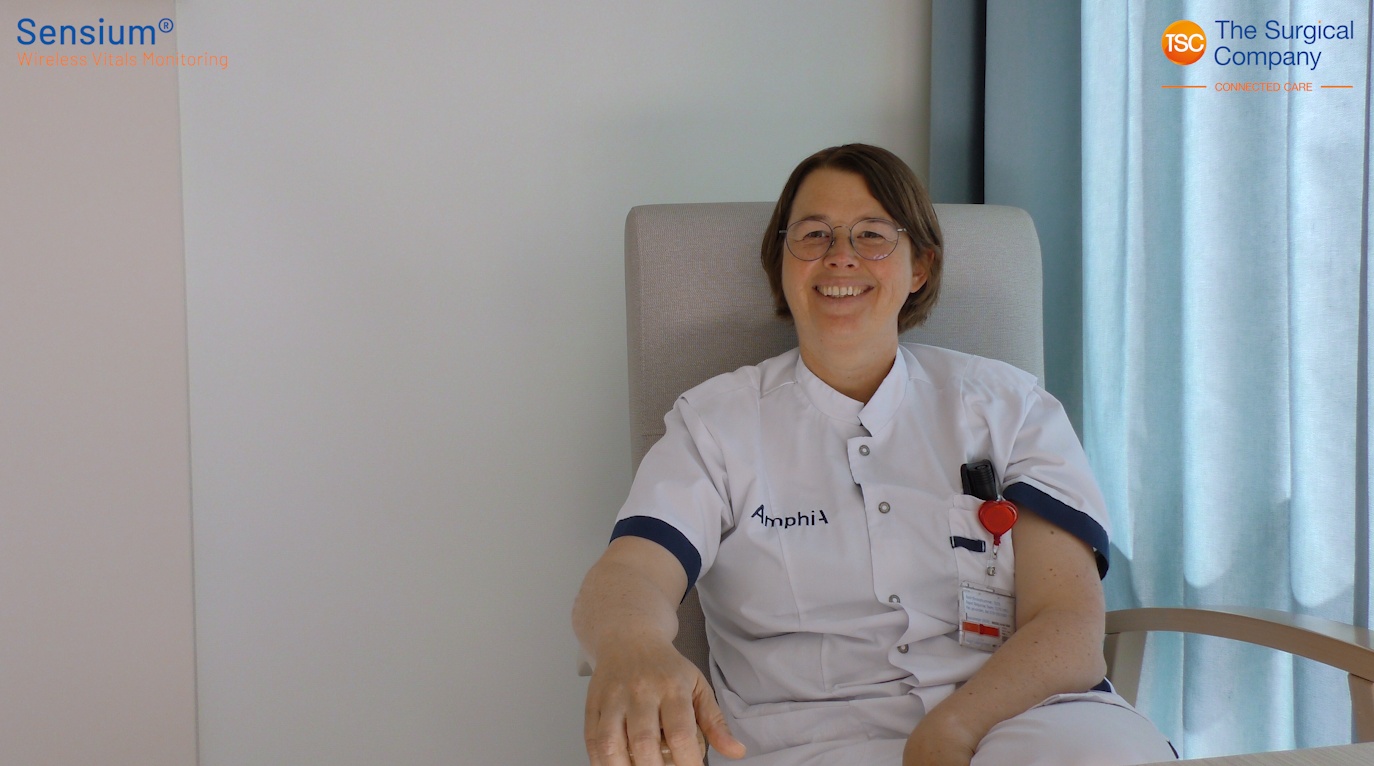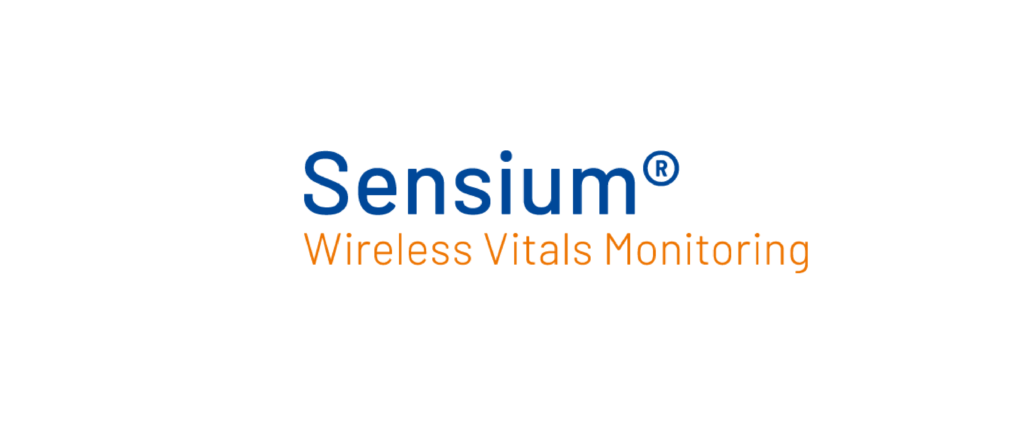Summary
Background
Continuous vital sign monitoring by using wearable sensors may result in the earlier detection of patient deterioration and sepsis. Few studies have explored the perspectives of surgical team members on the use of such sensors in surgical patients.
Objective
This study aims to understand the views of surgical team members regarding novel wearable sensors for surgical patients.
Methods
Wearable sensors that monitor vital signs (heart rate, respiratory rate, and temperature) continuously were used by acute surgical patients. The opinions of surgical staff who were treating patients with these sensors were collated through in-depth semistructured interviews to thematic saturation. Interviews were audio recorded, transcribed, and analyzed via thematic analysis.
Results
A total of 48 interviews were performed with senior and junior surgeons and senior and junior nurses. The main themes of interest that emerged from the interviews were (1) problems with current monitoring, (2) the anticipated impact of wearables on patient safety, (3) the impact on staff, (4) the impact on patients overall, (5) potential new changes, and (6) the future and views on technology.
Sample quotes from staff on the recurring themes observed
“We had a healthcare assistant who was agency, doesn’t really work here much, where we thought things were up to date and when we went back to check, an observation hadn’t been done, that patient had spiked [temperature], so obviously there’s that time period in between we could have been acting sooner.”
[Senior nurse #11]
“It gives us an idea of which patients we need to be looking at, more promptly, who we need to be directing the nurses to, who we need to be sort of escalating more quickly”
[Senior nurse #8]
“It’s an element of probably giving people I suppose empowerment is quite a good word, but it gives them more confidence to make decisions.”
[Senior surgeon #8]
Conclusion
Overall, the feedback from staff who were continuously monitoring surgical patients via wearable sensors was positive, and relatively few concerns were raised. Surgical staff members identify problems with current monitoring and anticipate that [Sensium] will both improve patient safety and be the future of monitoring.





